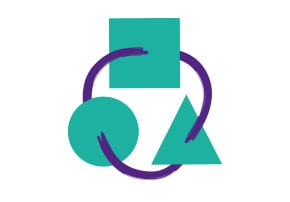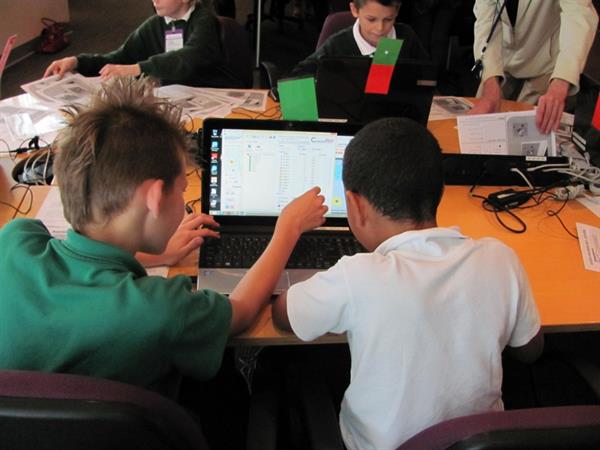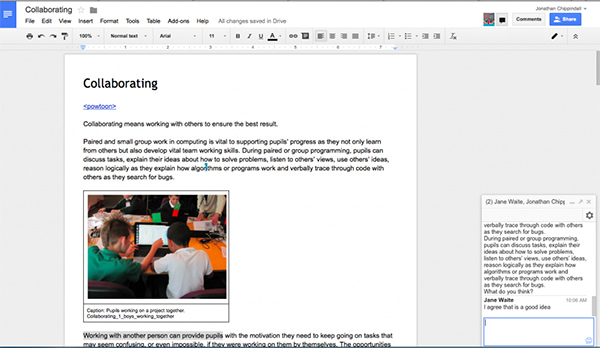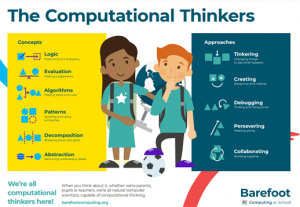Computational Thinking at school / CompuT
Erasmus plus KA201, Exchange of best practices
Title: CompuT «Computational Thinking at school»
Project code: 2019-1-EL01-KA201-062883
Join our mailing list here
Email erasmus@dide.dod.sch.gr
Summary
The project “Computational Thinking at School” aims to introduce computational thinking and its implications in pedagogies in the educational field. The high impact of Computer Science in science, economy and society has increased the dialogue about the role of Computational Thinking in education. Computer Science is currently considered the fourth great scientific domain along with the traditional Physical, Life and Social Sciences (Rosenbloom, 2004). Wing in 2006 recognized Computational Thinking as a fundamental competency that all literate citizens should develop through compulsory education, to complement the three other core skills, that is, reading, writing and mathematics. (περισσότερα…)
Guide for Computational Thinking
Guide for Computational Thinking Erasmus CT Guide_vF.01
Scenarios in English Erasmus-CT-Guide_vF.01 PART B
Scenarios in Greek Erasmus-CT-Guide_vF.01 Scenarios EL
Scenarios in Portuguese Erasmus-CT-Guide_vF.01 Scenarios PT
Scenarios in Norwegian Erasmus-CT-Guide_vF.01 Scenarios NO
Scenarios in Spanish Erasmus-CT-Guide_vF.01 Scenarios ES
CompuT at IES El Sobradillo, Spain
Computational Thinking by IES El Sobradillo
Program a teacher / Sandwich Bot
Children have to program their teacher to make a jam sandwich using basic commands. It is not as easy a it seems. You can view the planning here. http://code-it.co.uk/csplanning.html (Sandwich Making Algorithm)
Critical thinking in six kid-friendly animations
Watch the next videos at
https://gizmodo.com/critical-thinking-explained-in-six-kid-friendly-animati-5888322
eTwinning/ Jobs with digital devices
Students were asked to
“Name three jobs that you do with the help of digital devices or tools”
Here are some results from the forum
More eTwinning activities under tag eTwinning
Partners
Applicant Organisation
Directorate of Secondary Dodecanese, Public educational authority, Rodos, Greece
Partners:
- University of the Aegean, LTEE, Rodos, Greece
- CEP La Laguna, training centre, Public educational authority, Tenerife, Spain
- Secondary School of Gennadi, Rodos, Greece
- 2nd Upper secondary School of Rodos, Greece
- Secondary School of Zipari, Kos, Greece
- IES EL SOBRADILLO, Secondary School, Tenerife, Spain
- Agrupamento de Escolas de São João da Talha, Secondary School, Lisbon, Portugal
- Fyllingsdalen videregående skole, Secondary School, Bergen, Norway
Read more information about the partners here













